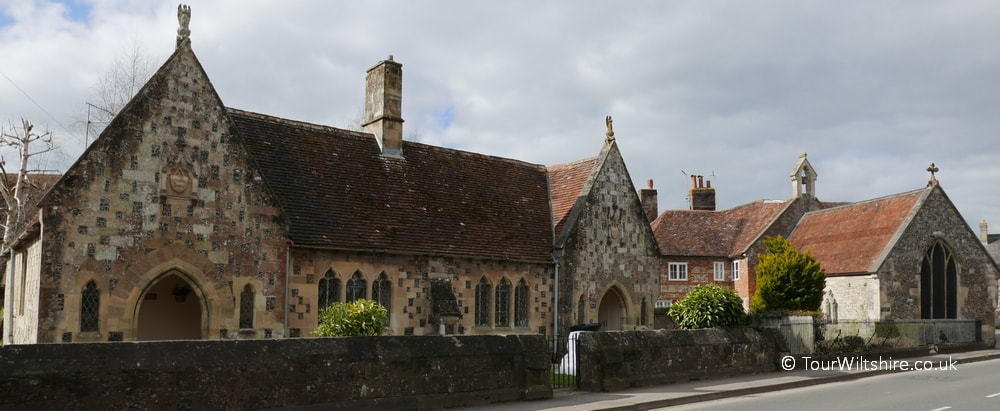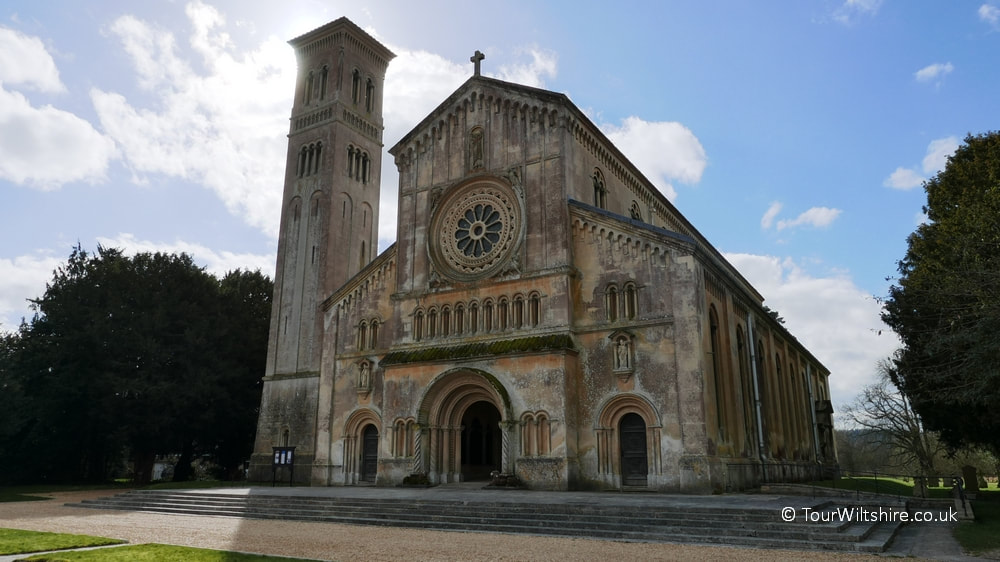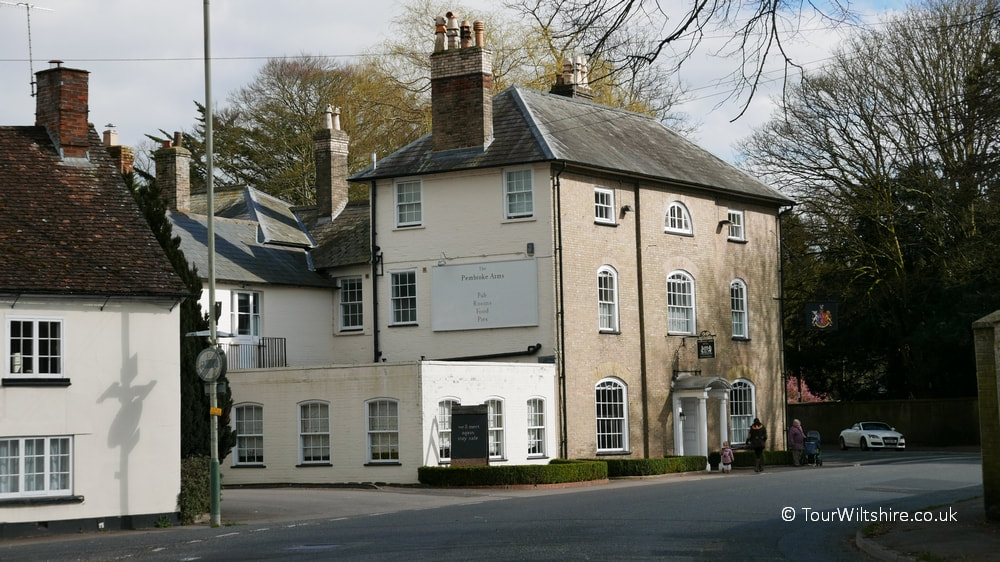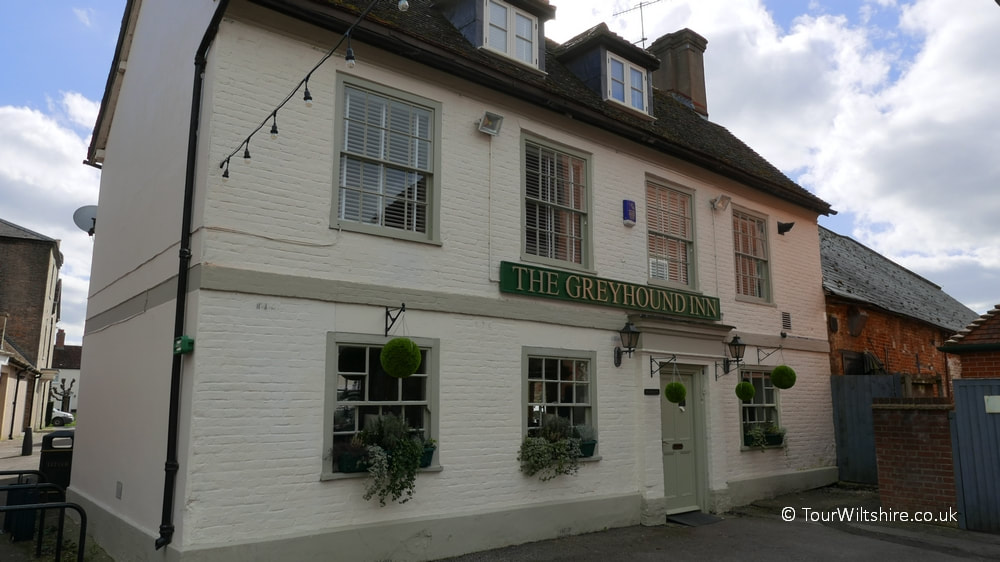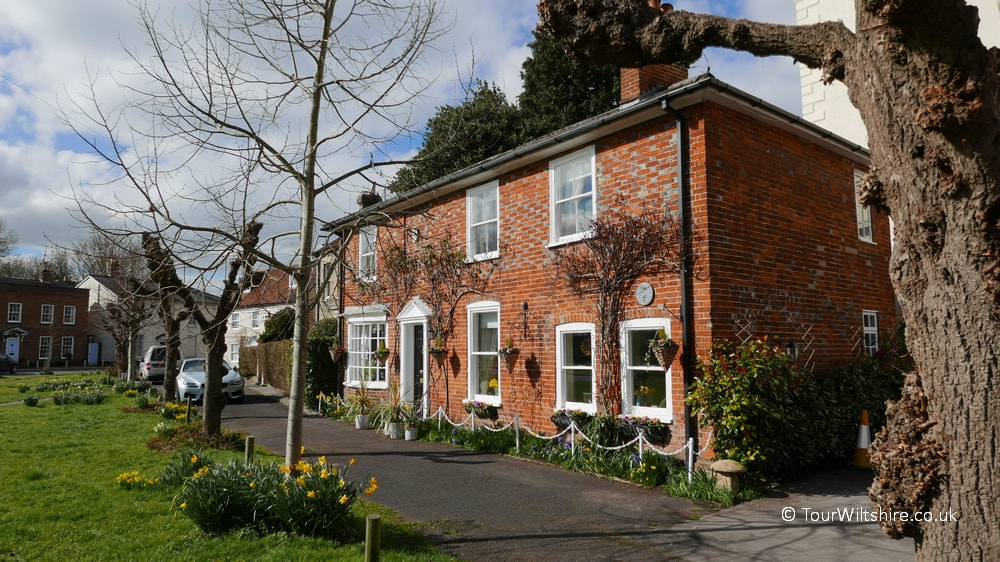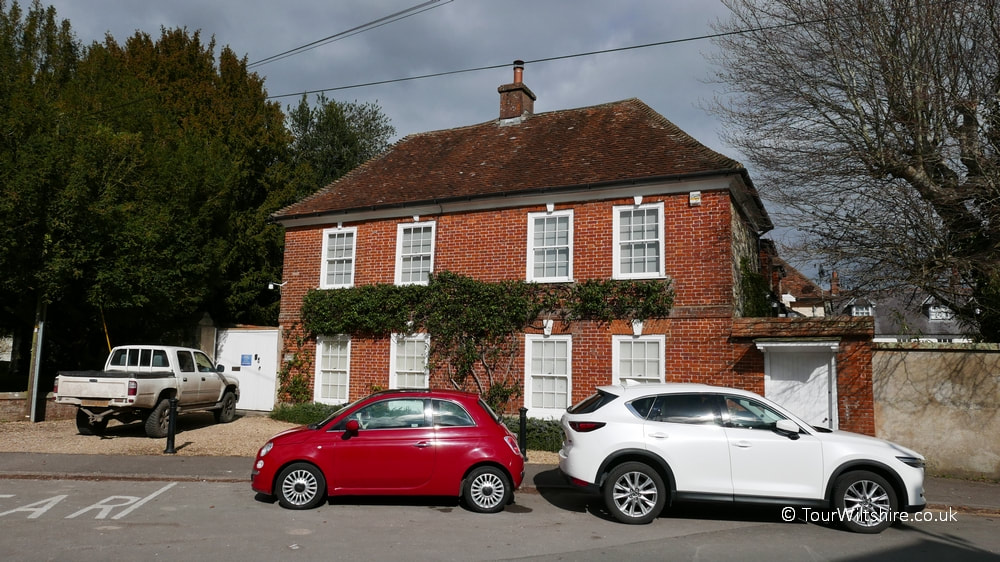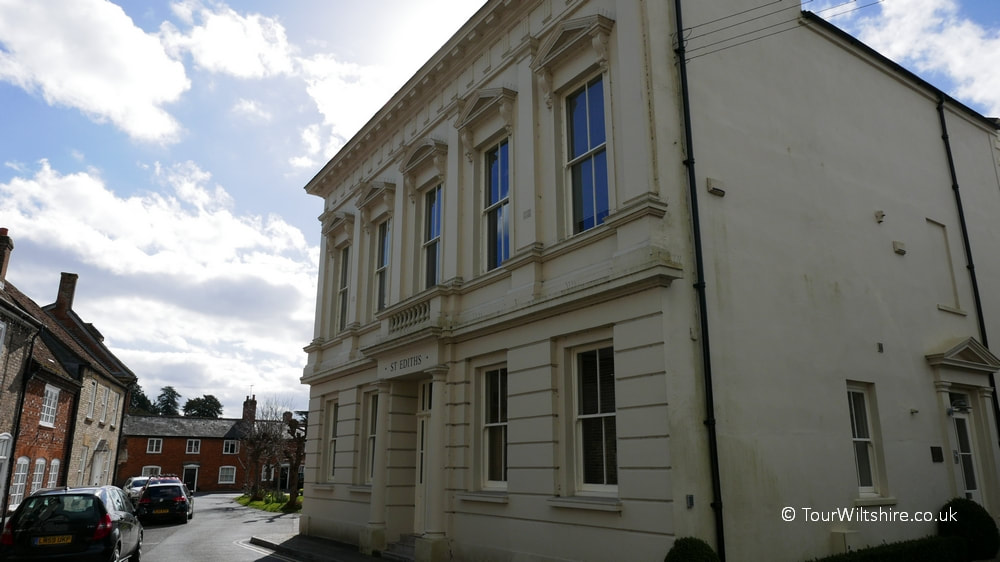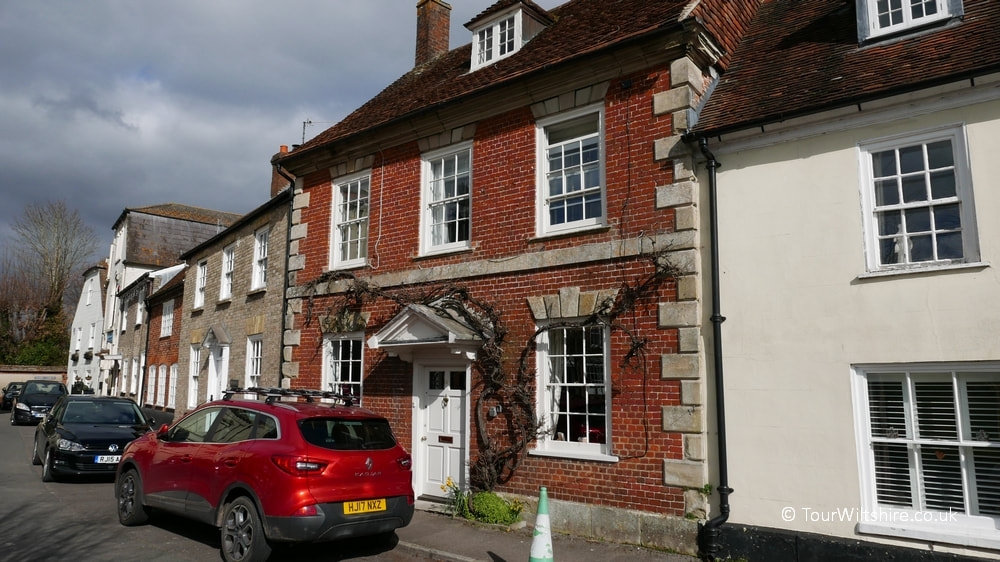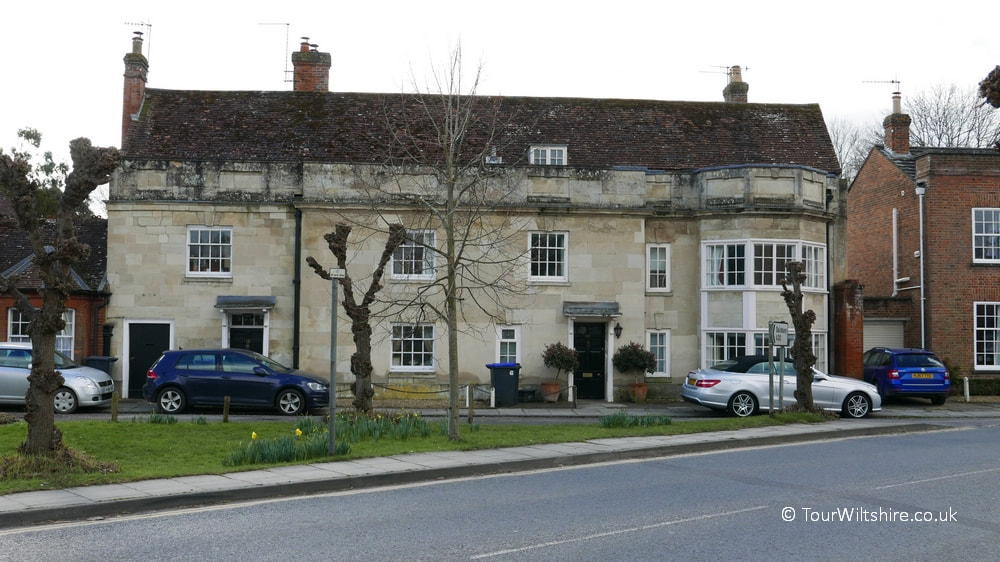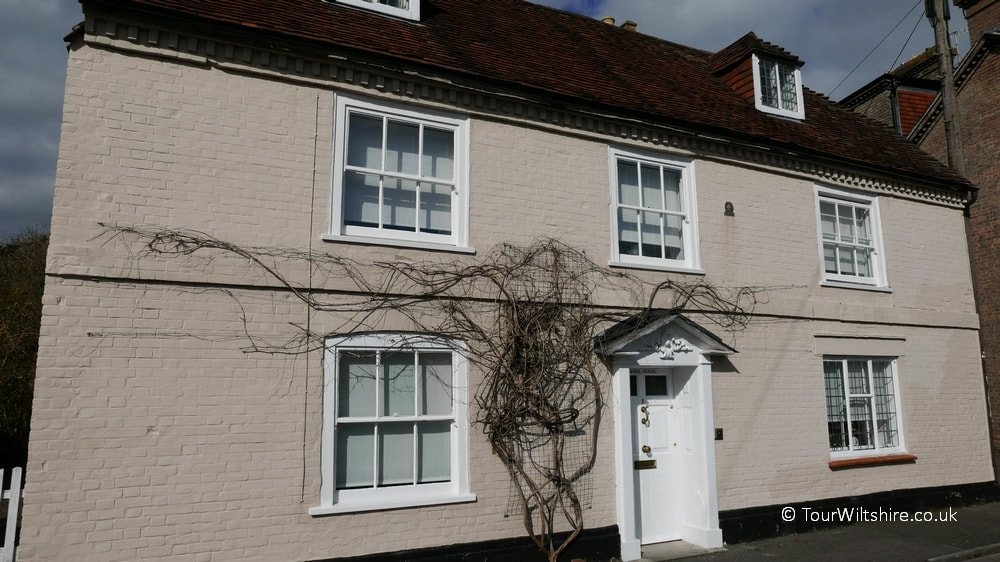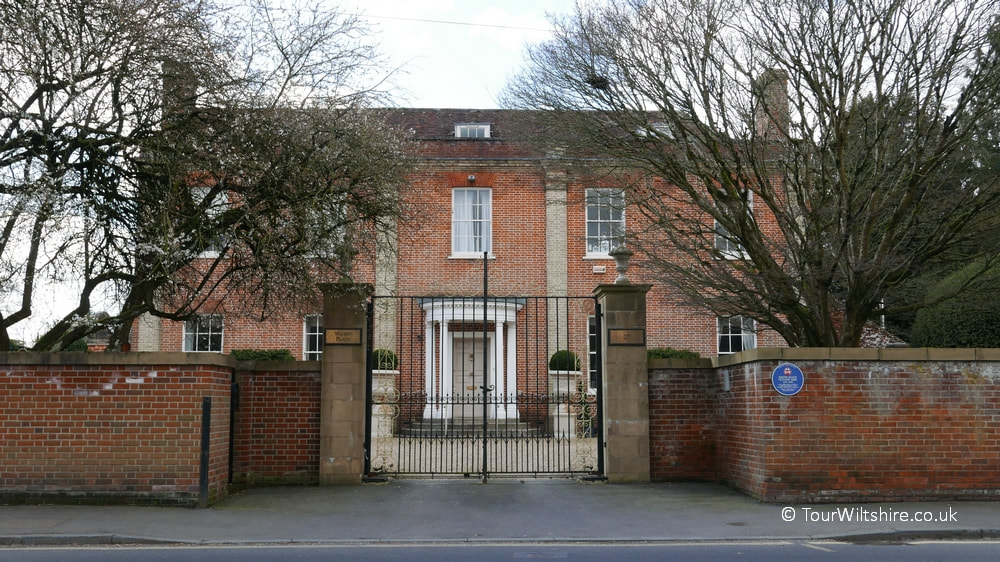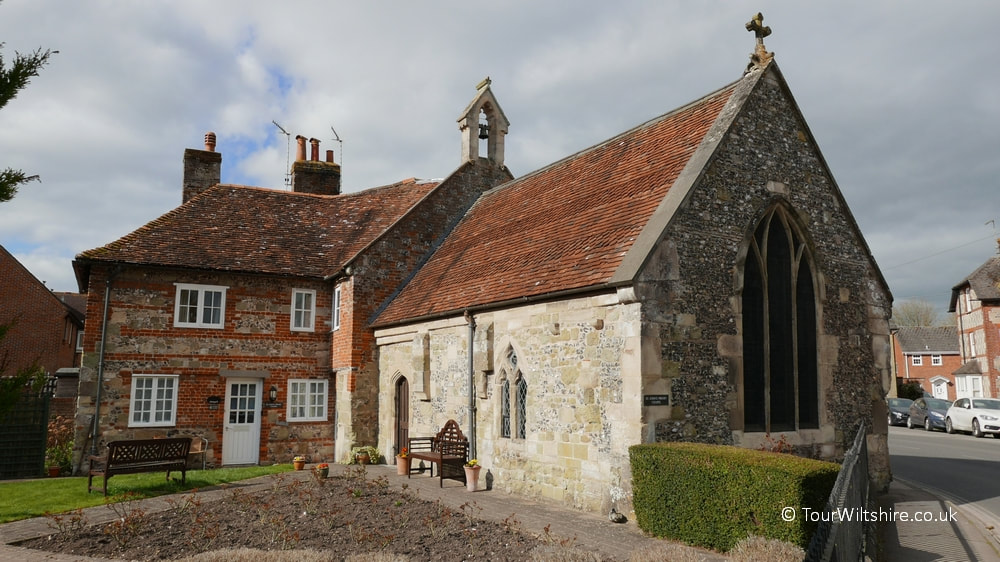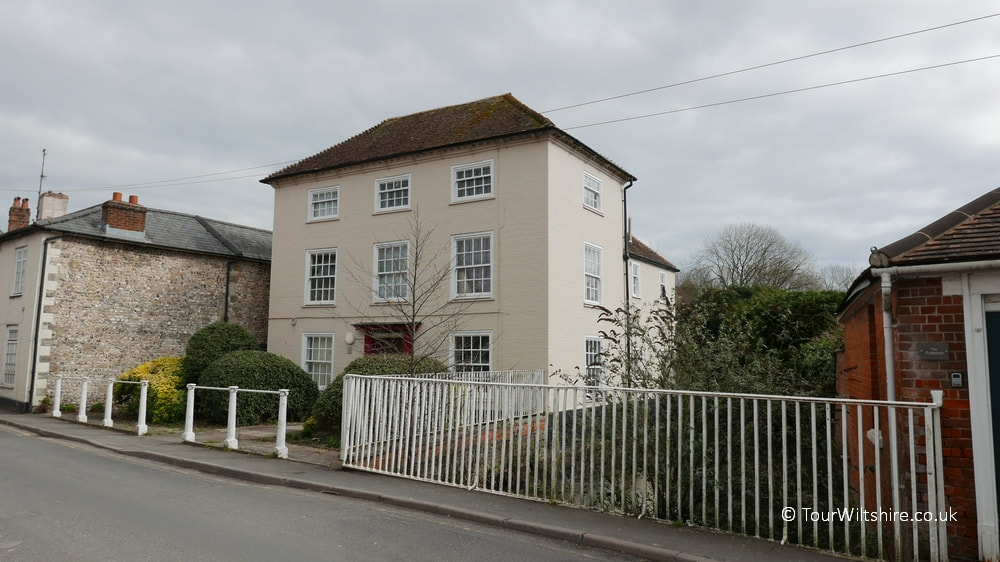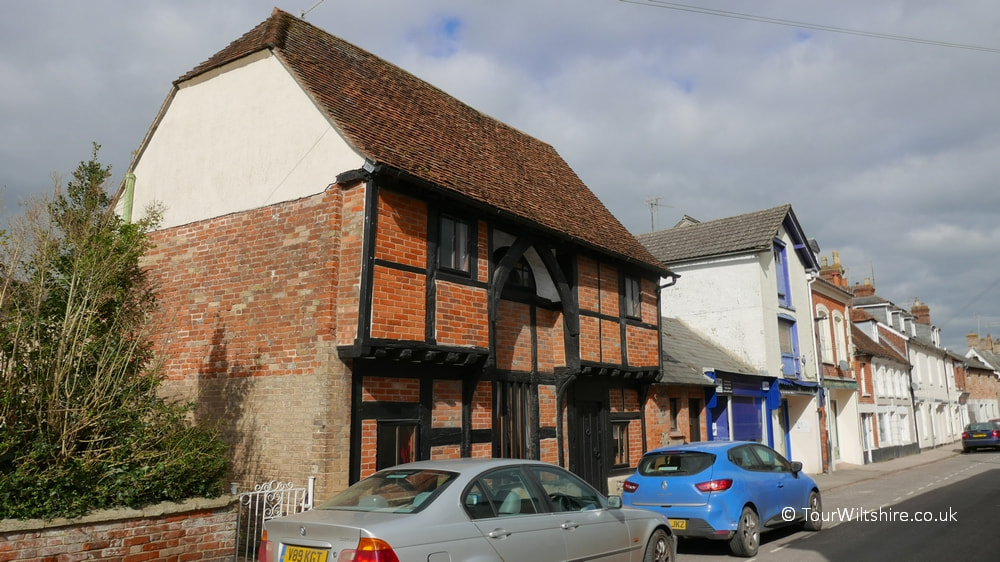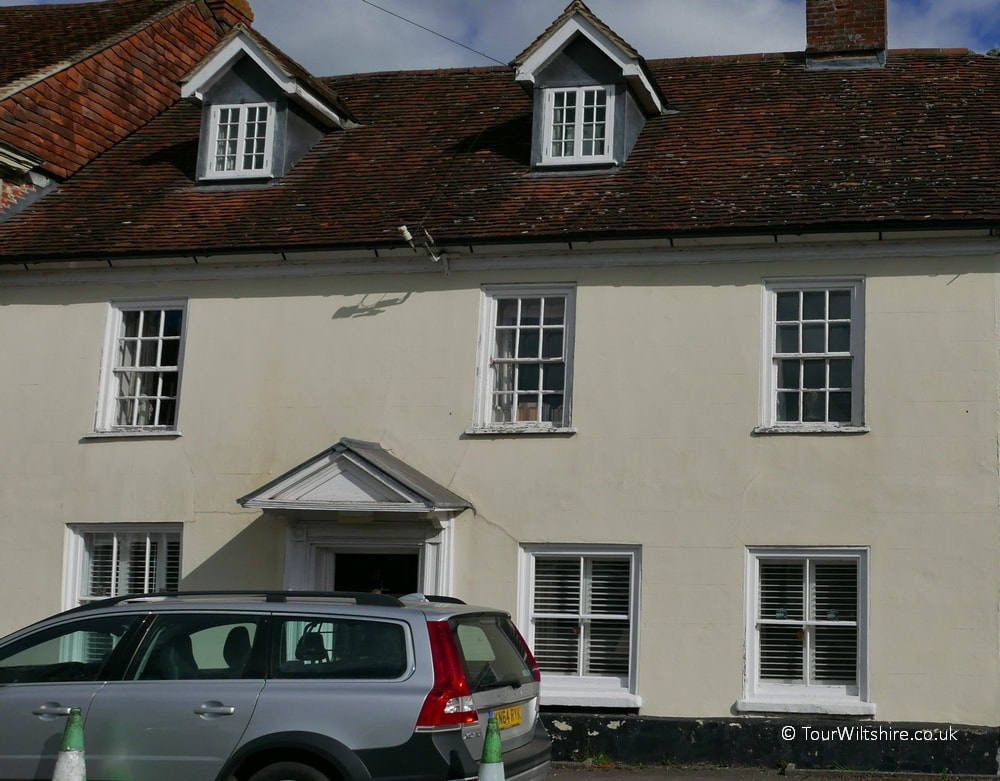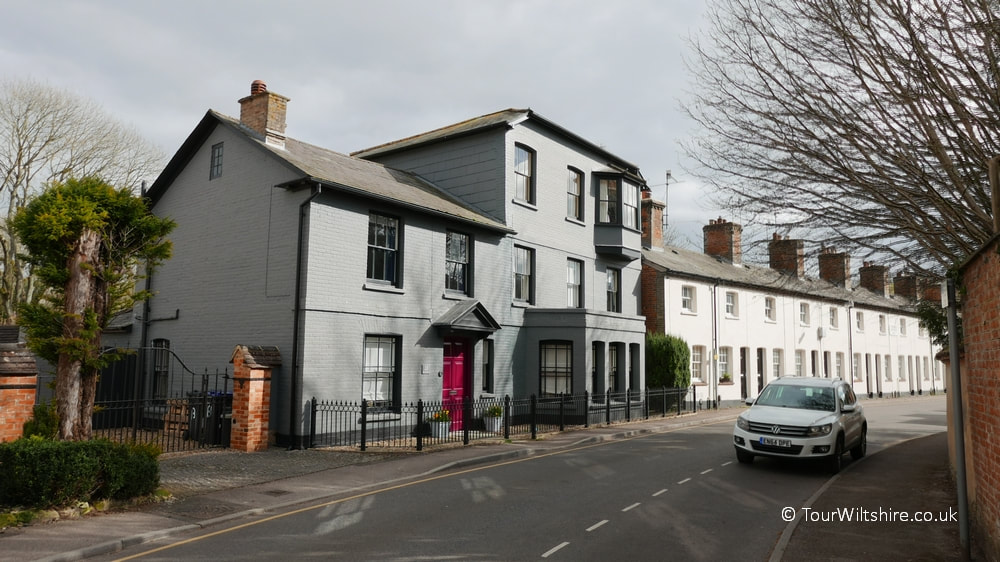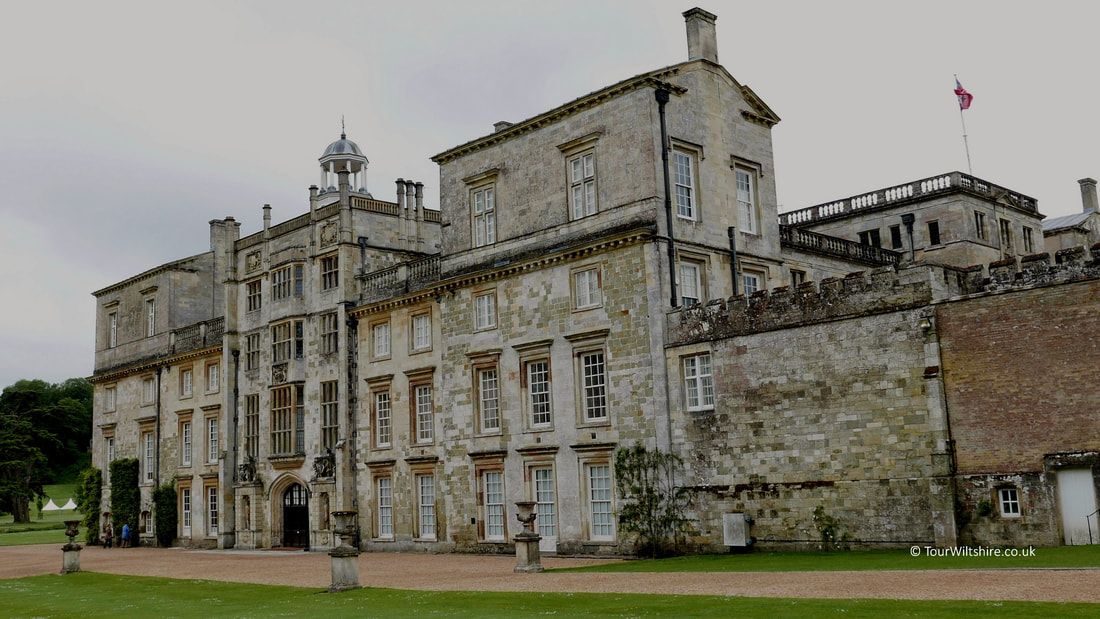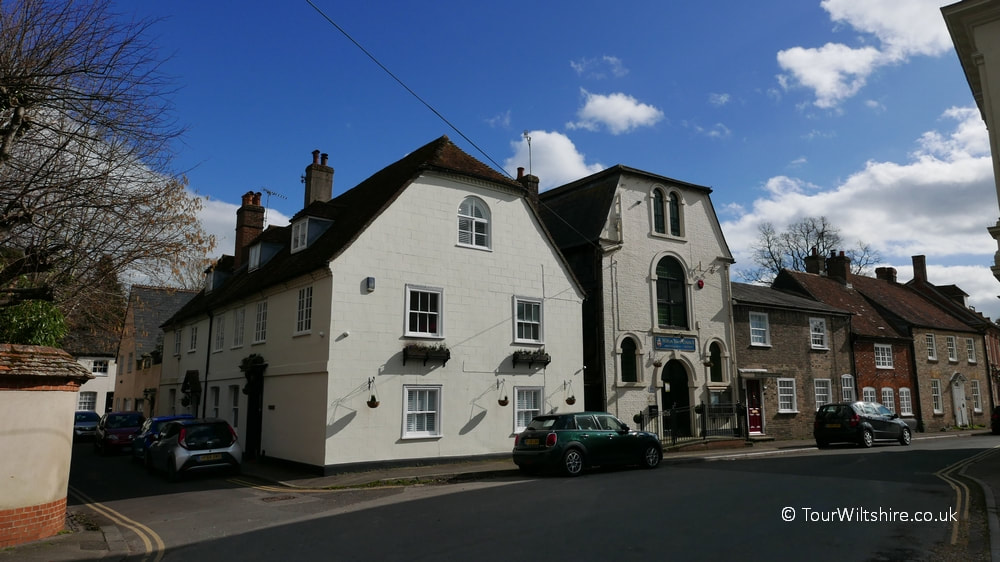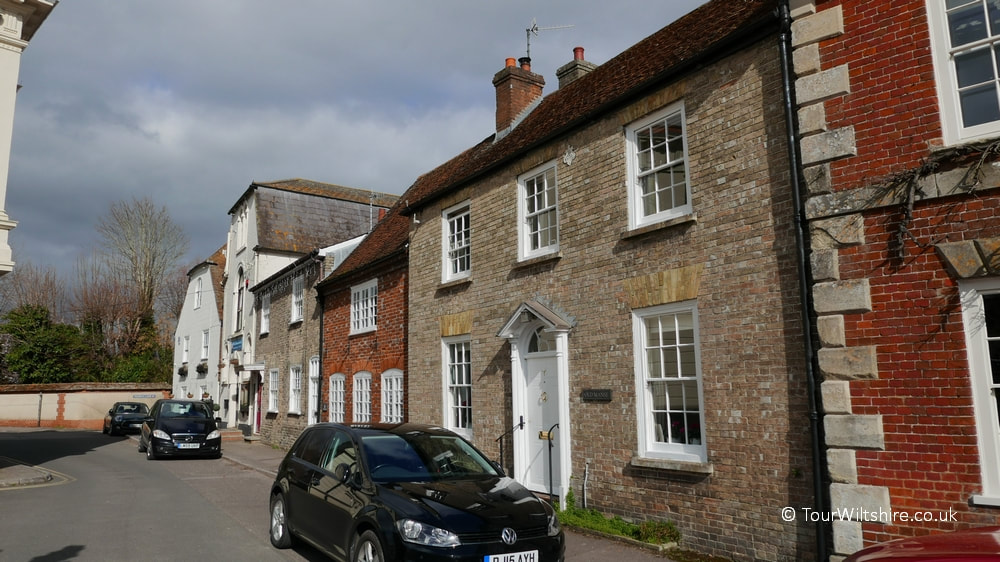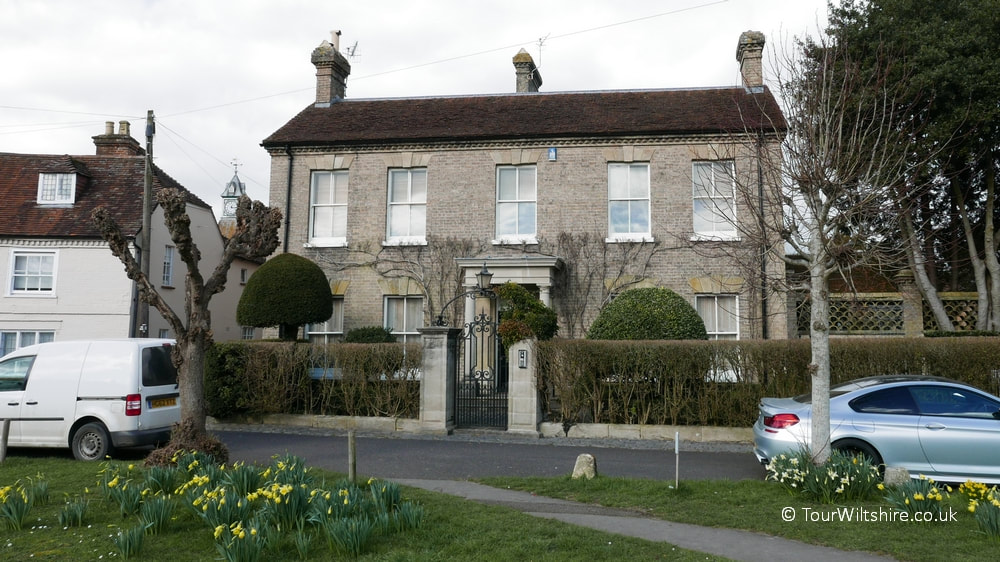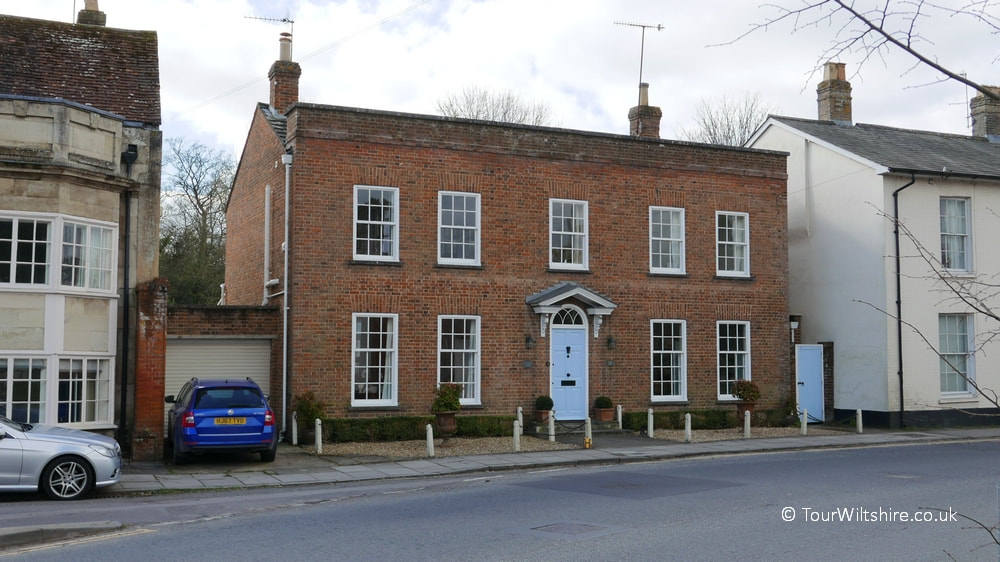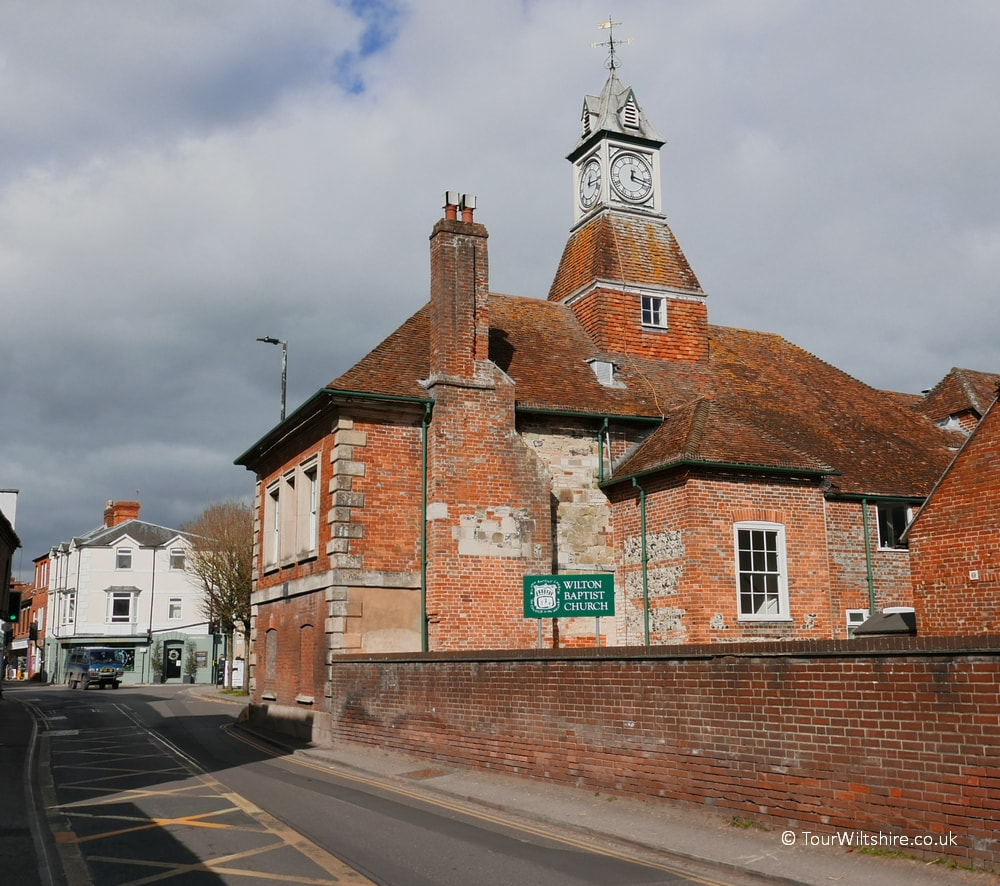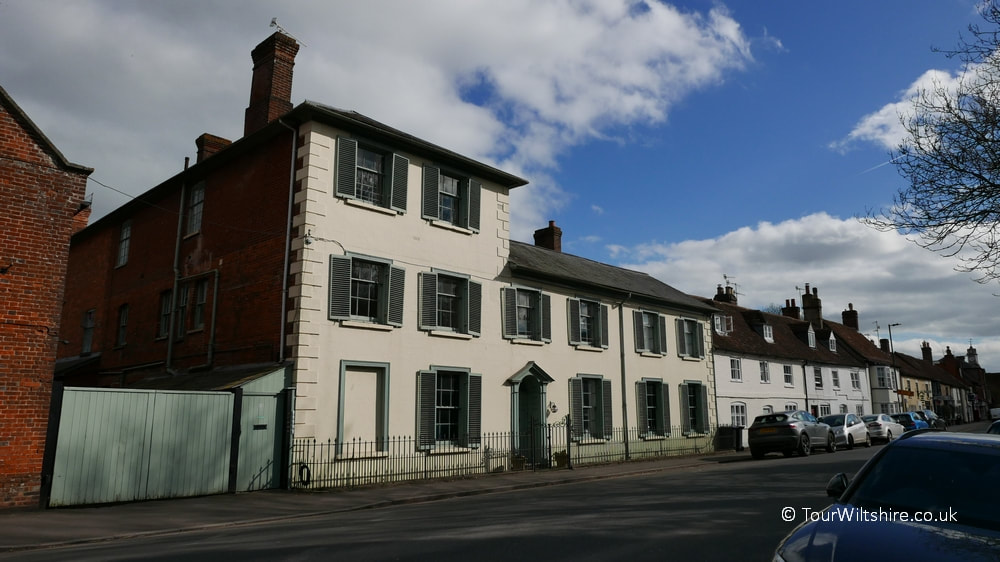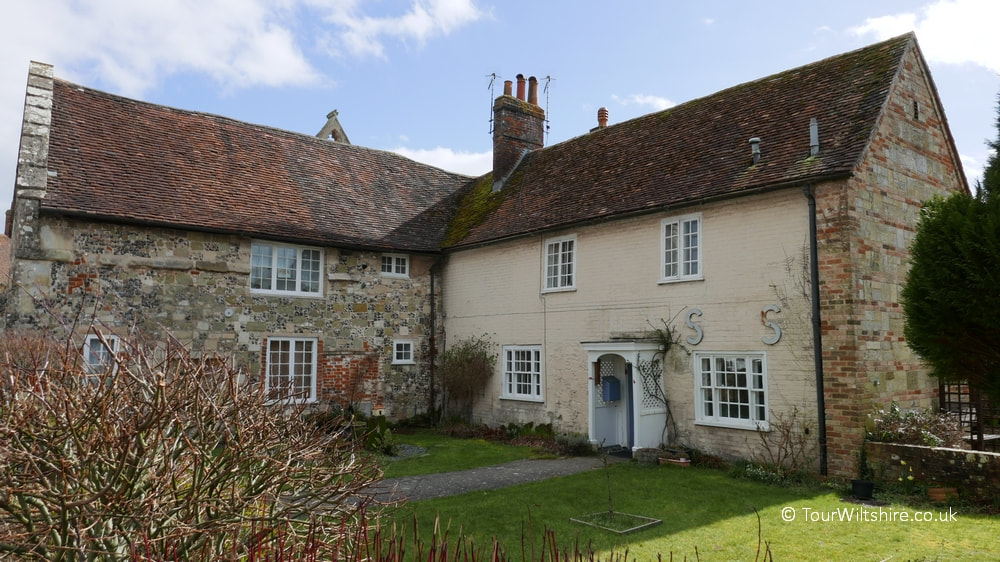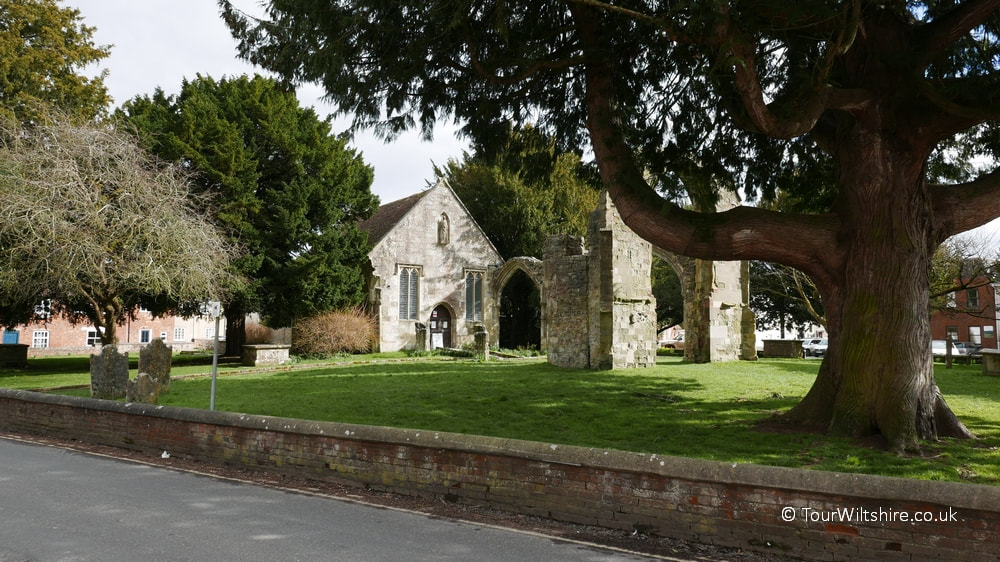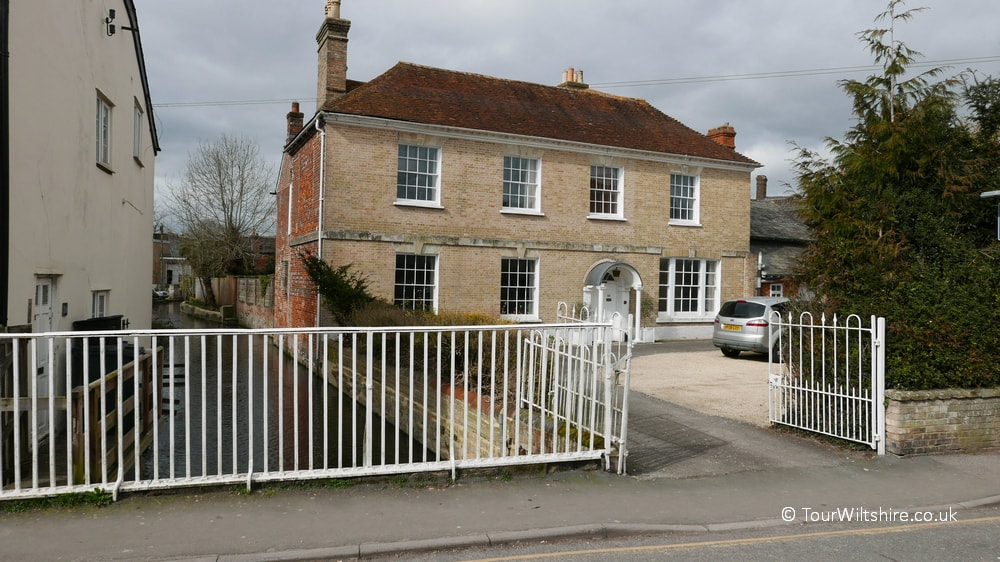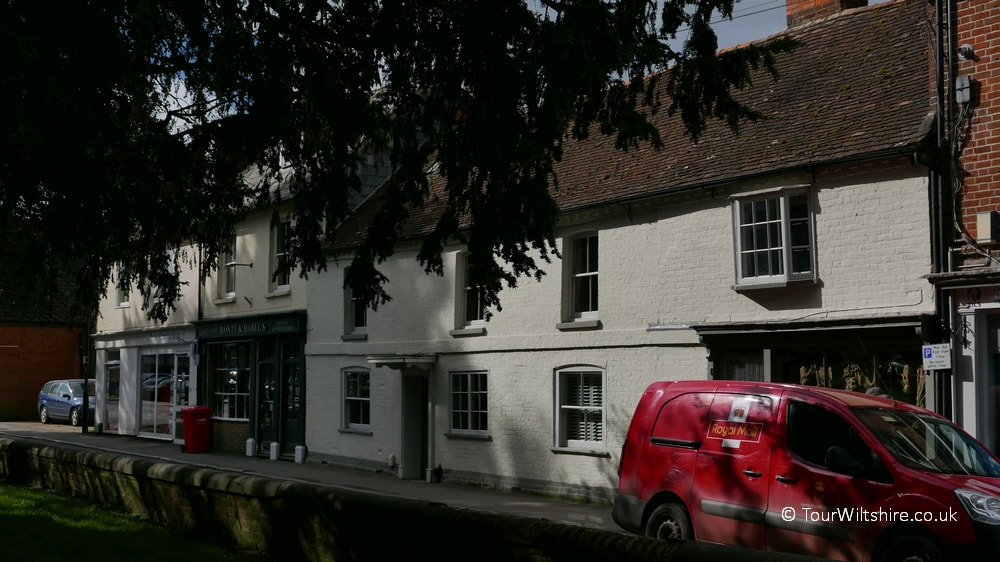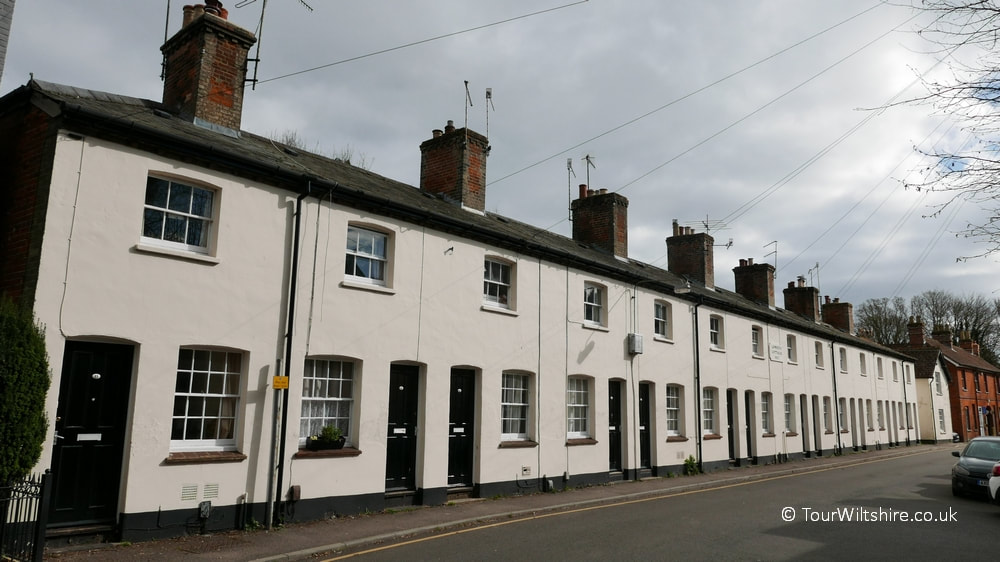Wilton, Wiltshire
Wilton Abbey was founded in 771AD, and from the 9th to the 11th century Wilton was the county town of Wiltshire. In 1539 the Abbey was confiscated by Henry VIII during the Dissolution of the Monasteries, following Henry's falling out with the Pope. Two years later it was given to a friend of Henry's, William Herbert. Today most of the attractive period houses in Wilton, including Wilton House, as well as several thousand acres, the racecourse, the golf course, and the shopping centre, are owned by William's descendants, so little in the way of period property comes onto the market, except for renting. From 1650 a process of rebuilding and re-fronting gradually obliterated nearly all traces of medieval Wilton although the street plan remains substantially the same.
The town has a village feel to it, having a population of less than 5,000, however it maintains two pubs, The Greyhound Inn and The Pembroke Arms, a Co-op shop, and other small retailers, the shopping centre, which is geared to attract visitors from a great distance has refocused itself, with a new focus on artisans, and a new name, 'The Guild Wiltshire'. There is also a very impressive looking church, St Mary and St Nicholas' Church, Grade I Listed 1841-44, of Romanesque style.
For the best places to eat in and around Wilton click here.
Film/TV Location For: Wessex Tales. Also see Wilton House for what's been filmed there.
The town has a village feel to it, having a population of less than 5,000, however it maintains two pubs, The Greyhound Inn and The Pembroke Arms, a Co-op shop, and other small retailers, the shopping centre, which is geared to attract visitors from a great distance has refocused itself, with a new focus on artisans, and a new name, 'The Guild Wiltshire'. There is also a very impressive looking church, St Mary and St Nicholas' Church, Grade I Listed 1841-44, of Romanesque style.
For the best places to eat in and around Wilton click here.
Film/TV Location For: Wessex Tales. Also see Wilton House for what's been filmed there.
Excerpts From The Wiltshire Council Timeline Of Wilton (scroll)
854 - King Ethelwulph grants a charter tithing a tenth of his lands to the Church with free tenure
C.871 - Wilton Abbey built
1003 - The Danes, led by Sweyn, King of Denmark, invade Wiltshire and plunder and burn Wilton
1141 - King David I, King of Scotland, attacks Wilton
1143 - It is believed that King Stephen fortifies the town and builds a castle; a force of the Empress Maud, led by Robert of Gloucester, sets fire to the town and most of the abbey is destroyed
Late 1200s - The town, although in gradual decline, still has many trades. There are several goldsmiths, skinners, glovers, needlers, tanners, dubbers, tailors and linenworkers. There are 14 bakers and many brewers. There are 8 parish churches
1244 - Harnham Bridge built by Bishop Bingham diverts traffic from Wilton to Salisbury causing a gradual decline in Wilton's fortunes
1256 - William Isembard, Mayor of Wilton, hanged in London for fraudulent practices while keeper of the chest of the Jewish Community. The chest was used for the registration of debts owed to the Jews
1400s - By this time the borough has declined and buildings are in a state of disrepair; Church of St Mary, Brede Street, rebuilt
1539 - Dissolution of Wilton Abbey
1544 - William Herbert, 1st Earl of Pembroke, granted Wilton Abbey and its lands by King Henry VIII. He demolishes the abbey
1550 - Wilton House, built by William Herbert on site of Wilton Abbey, completed
C.1550 - Textile industry growing by this time reviving the town's fortunes
1568 - There are stocks in Kingsbury Square
1603 - It is believed that Shakespeare and his company first perform his play As You Like It before King James I at Wilton House
1644 - Wilton House garrisoned by the Royalists during the Civil War
1647 - Fire destroys a large part of Wilton House
C.1650 - From this time a process of rebuilding gradually obliterates nearly all traces of medieval Wilton although the street plan remains substantially the same
C.1653 - Rebuilding of Wilton House by Inigo Jones and his nephew John Webb, completed
Early 1700s - Mill in Crow Lane converted to textile manufacturing
1700 - By this time a poorhouse is in existence; the first carpet factory in the town is established by this time
1737 - An outbreak of smallpox kills 132 people
1769 - Carpet factory burnt down
1810 - 69 weavers and 200 looms employed in the town
1830 - Crow Lane Mill attacked by Swing Rioters and machinery destroyed. 11 rioters from Wilton transported to Australia
1837 - Wilton Poor Law Union Workhouse opened
1840 - The cloth industry is now in final decline with only 10 looms in operation
1849 - Severe outbreak of cholera
1854 - Severe outbreak of cholera; Local Board of Health elected: gas works built and drainage and water works established
1856 - Station (Wilton North) opened on newly opened Great Western Railway line from Salisbury to Warminster
1859 - Felt manufacture begun at Crow Lane Mill; station (Wilton South) opened on the newly opened London & South Western Railway line from Salisbury to Gillingham
1920 - First bus service between Wilton and Salisbury
1928 - Electricity first introduced in Wilton
1939 to 1945 - Carpet factory ceases the manufacture of carpets during World War II to wash army blankets and manufacture camouflage, kitbags and tarpaulins
1964 - Goods traffic at Wilton South railway station ceases
1965 - Wilton North railway station closed to goods traffic
1995 - Carpet factory closes but re-opens following a management buy-out
1997 - Wilton Shopping Village opened
2006 - Felt manufacture has ceased
2020 - Wilton Shopping Village rebranded The Guild Wiltshire
C.871 - Wilton Abbey built
1003 - The Danes, led by Sweyn, King of Denmark, invade Wiltshire and plunder and burn Wilton
1141 - King David I, King of Scotland, attacks Wilton
1143 - It is believed that King Stephen fortifies the town and builds a castle; a force of the Empress Maud, led by Robert of Gloucester, sets fire to the town and most of the abbey is destroyed
Late 1200s - The town, although in gradual decline, still has many trades. There are several goldsmiths, skinners, glovers, needlers, tanners, dubbers, tailors and linenworkers. There are 14 bakers and many brewers. There are 8 parish churches
1244 - Harnham Bridge built by Bishop Bingham diverts traffic from Wilton to Salisbury causing a gradual decline in Wilton's fortunes
1256 - William Isembard, Mayor of Wilton, hanged in London for fraudulent practices while keeper of the chest of the Jewish Community. The chest was used for the registration of debts owed to the Jews
1400s - By this time the borough has declined and buildings are in a state of disrepair; Church of St Mary, Brede Street, rebuilt
1539 - Dissolution of Wilton Abbey
1544 - William Herbert, 1st Earl of Pembroke, granted Wilton Abbey and its lands by King Henry VIII. He demolishes the abbey
1550 - Wilton House, built by William Herbert on site of Wilton Abbey, completed
C.1550 - Textile industry growing by this time reviving the town's fortunes
1568 - There are stocks in Kingsbury Square
1603 - It is believed that Shakespeare and his company first perform his play As You Like It before King James I at Wilton House
1644 - Wilton House garrisoned by the Royalists during the Civil War
1647 - Fire destroys a large part of Wilton House
C.1650 - From this time a process of rebuilding gradually obliterates nearly all traces of medieval Wilton although the street plan remains substantially the same
C.1653 - Rebuilding of Wilton House by Inigo Jones and his nephew John Webb, completed
Early 1700s - Mill in Crow Lane converted to textile manufacturing
1700 - By this time a poorhouse is in existence; the first carpet factory in the town is established by this time
1737 - An outbreak of smallpox kills 132 people
1769 - Carpet factory burnt down
1810 - 69 weavers and 200 looms employed in the town
1830 - Crow Lane Mill attacked by Swing Rioters and machinery destroyed. 11 rioters from Wilton transported to Australia
1837 - Wilton Poor Law Union Workhouse opened
1840 - The cloth industry is now in final decline with only 10 looms in operation
1849 - Severe outbreak of cholera
1854 - Severe outbreak of cholera; Local Board of Health elected: gas works built and drainage and water works established
1856 - Station (Wilton North) opened on newly opened Great Western Railway line from Salisbury to Warminster
1859 - Felt manufacture begun at Crow Lane Mill; station (Wilton South) opened on the newly opened London & South Western Railway line from Salisbury to Gillingham
1920 - First bus service between Wilton and Salisbury
1928 - Electricity first introduced in Wilton
1939 to 1945 - Carpet factory ceases the manufacture of carpets during World War II to wash army blankets and manufacture camouflage, kitbags and tarpaulins
1964 - Goods traffic at Wilton South railway station ceases
1965 - Wilton North railway station closed to goods traffic
1995 - Carpet factory closes but re-opens following a management buy-out
1997 - Wilton Shopping Village opened
2006 - Felt manufacture has ceased
2020 - Wilton Shopping Village rebranded The Guild Wiltshire
|
|
|

